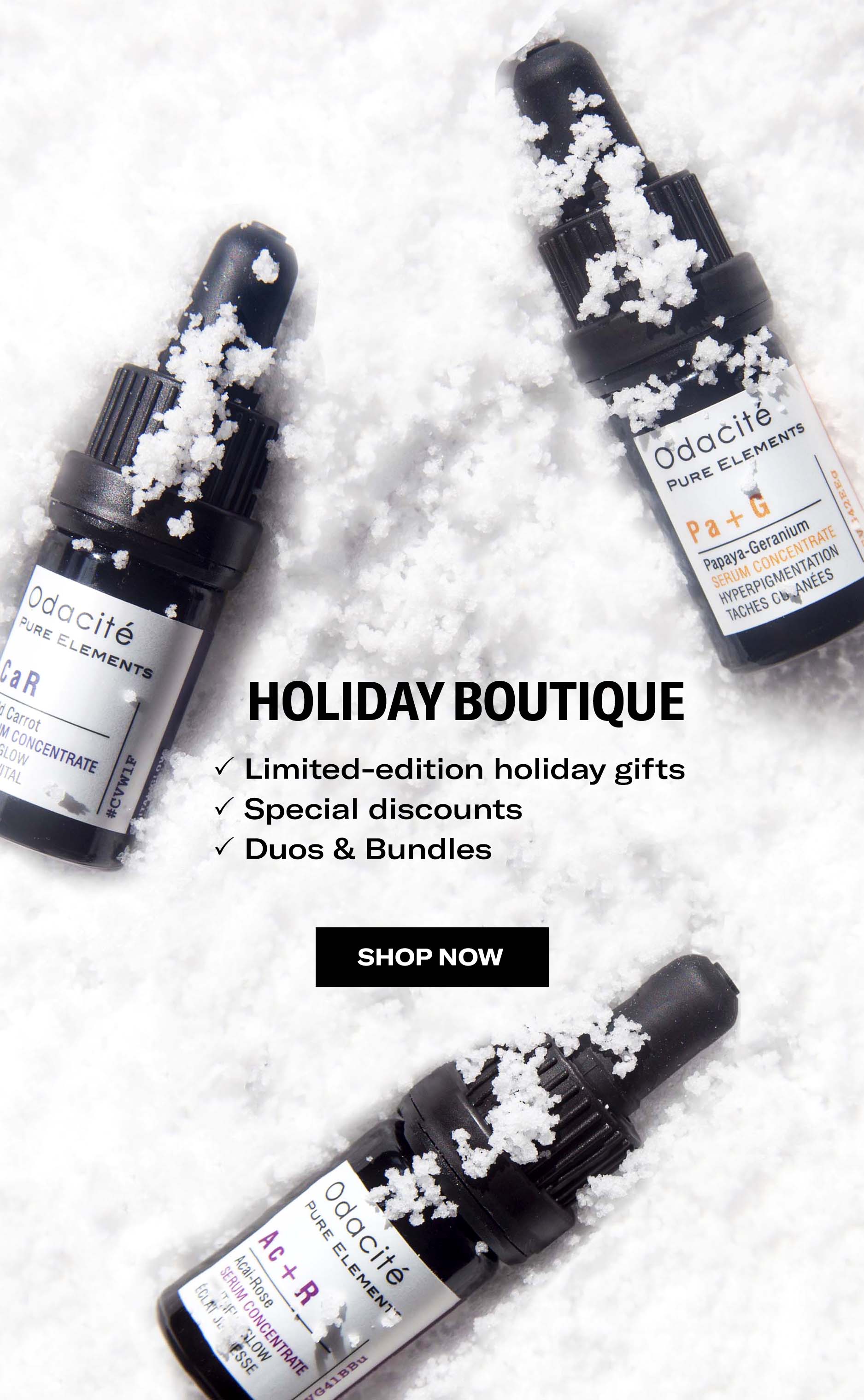A sweet chime of “trick or treat” reverberates across America, candy wrappers rustling and gleeful children smacking chocolates and candies: Halloween is coming! But wait, what about me? Of course we’ll be sneaking in some cheeky treats along the way, knowing full well that sugar is the archnemesis of a healthy body -- but did you know that sugar actually fuels the appearance of aging and is said to kill off collagen too? Scary, indeed!
Sugar consumption is up there with sun exposure and smoking as a major cause of the appearance of wrinkles. When blood sugar levels are high, a process called GLYCATION occurs, which is known to damage the collagen in your skin.
What Is Glycation?
Glycation is the result of excess sugar in your body binding to collagen molecules via a chemical process. Long story short: a sugar molecule binds to a protein molecule, which transforms normally flexible collagen fibers into stiff corpses. This stiffness is known to cause breakage of collagen and elastin, the same proteins that provide youthful plumpness. It’s similar to how hair can have breakage with too much heat or damage.
Glycation is also know to cause free radical damage, inflammation, and dehydration. It’s like the Wicked Witch of skin! Over time, the glycation process can lead to the appearance of paper-thin, sagging, and wrinkly skin. Glycation is known to attack the thinnest areas of your skin first, so you’ll see these effects on the chest, face, and neck area begin to crop up before other areas of the body.
What Causes Glycation?
Here’s a scary pre-Halloween truth bomb: glycation is a fact of life. It’s happening right now, to everyone, everywhere.
And it’s not solely caused by refined sugar. The sugar found in seemingly harmless foods such as nuts, fruits, and vegetables eventually turns into glucose. This glucose is fuel and an essential element of our diet and survival. However, as we inevitably age, these glycation-damaged cells are known to accumulate more and more, generally surfacing by the time we hit our 30s.
Although it’s impossible to avoid glucose altogether, there is always room for improvement. Natural sugars cause nowhere near the damage of processed foods, so don’t be afraid of that fruit bowl. Cut back your consumption of foods containing high-fructose corn syrup, white sugar, simple carbohydrates, and processed sugar and instead, focus on building in foods that help skin glow.
How Can I Fight Glycation?
- Cut back on processed sugar intake
- Get more sleep - it really does cure all
- Keep blood sugar level to reduce insulin spikes
- Find peace where you can - regulate your stress levels and you’ll reduce free radicals and keep cortisol at bay
- Sip on antioxidant-rich green tea
Beauty-wise, collagen is what we need to retain a youthful appearance. The trick to the treat is that collagen lives deep in the layers of the dermis, so the effects of topical glycation-fighting products are dubious. A more sound strategy is to focus on diet and lifestyle to reduce the occurence of glycation, versus a correctional approach. That being said, antioxidant-rich serums like Ac+R Youthful Glow Serum Concentrate can help your skin look firmer and smoother, reducing the appearance of signs of aging with ingredients like Acai berry oil to improve the look of your skin’s tone and texture and vitalizing, aromatherapeutic Rose oil.
For most people, glycation is not that big of a deal and is an accepted byproduct of aging. But if you are reading this, you likely are interested in your health and concurrently in aging gracefully. Glycation is inevitable, but as they say, “everything in moderation,” so go ahead and indulge in a piece or two of that Halloween candy.

